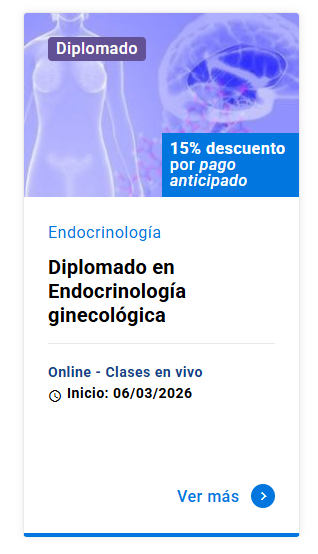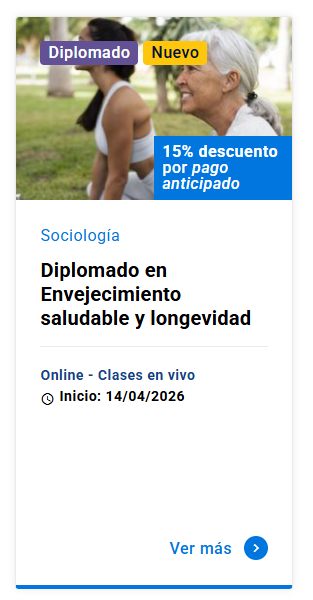Limb length in bariatric surgery of Roux-en-Y gastric bypass (RYGB): An integrative review
Longitud del asa intestinal en la cirugía bariátrica de bypass gástrico en Y de Roux (BGYR): Una revisión integradora
DOI:
https://doi.org/10.11565/arsmed.v46i2.1766Palabras clave:
bariatric surgery, gastric bypass, obesity, morbid obesity, obesity management, small intestineResumen
Introduction: Roux-en-Y gastric bypass is considered the gold standard surgical technique for obesity. The variation in limb length may be related to metabolic improvement and nutritional deficiencies. However, the ideal measurement still a controversial subject in the literature. This study aims to perform an integrative literature review and associate the optimal limb length, considering the maximum weight loss with the minimum nutritional complications. Methods: Integrative literature review conducted using electronic searches (1992 - 2020) in databases MEDLINE/Pubmed and BVS (Biblioteca Virtual da Saúde)/LILACS, through the terms "(bariatric surgery) AND (limb length)". A total of 340 articles were found, 26 articles were included in this review. Results: Current evidence supports using shorter limb lengths in patients with BMI < 50 kg/m2, and longer limbs in patients with severe type 2 diabetes mellitus and/or dyslipidemia or superobese patients (BMI >= 50 kg/m2), considering the benefits in comorbidities resolution. A shorter common limb increases the incidence of nutritional disorders. There is a wide variation in jejunoileal length among patients. Conclusion: Measuring the intraoperative jejunoileal length and individualizing the surgery may bring benefits in weight loss, comorbidities resolution, and reduce the incidence of nutritional disorders. However, more randomized controlled trials are needed on this topic.
Descargas
Citas

Descargas
Publicado
Cómo citar
Licencia
Derechos de autor 2021 ARS MEDICA Revista de Ciencias Médicas

Esta obra está bajo una licencia internacional Creative Commons Atribución-NoComercial-SinDerivadas 4.0.
Los autores/as conservan sus derechos de autor y garantizan a la revista el derecho de primera publicación de su obra, la que estará simultáneamente sujeta a la Licencia CC BY-SA 4.0 (Ver declaración de Acceso Abierto).







